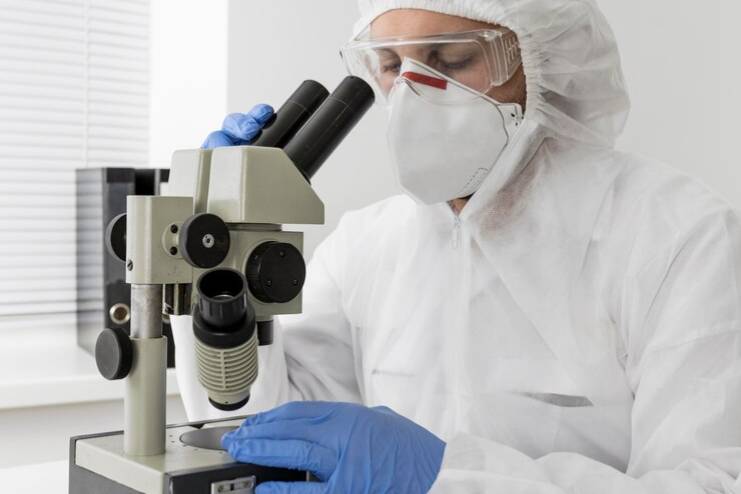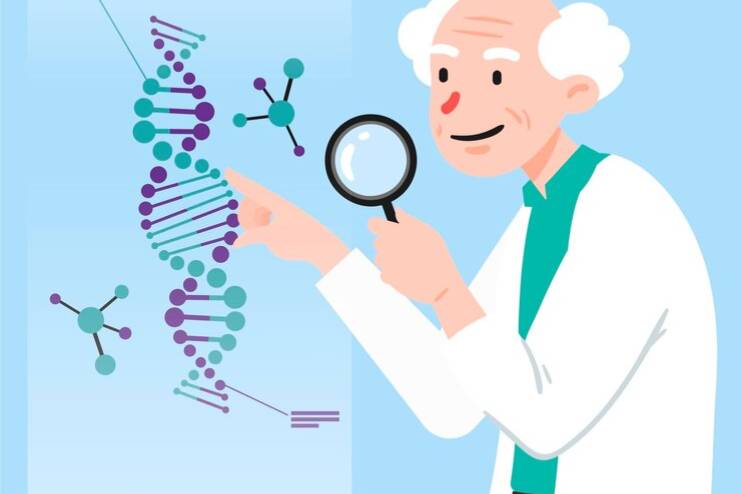Affiliate Disclaimer
Some links in this article are affiliate links. We may earn a small commission if you make a purchase through these links, at no extra cost to you. We only recommend products we find useful to our readersStatistics suggest that over 1.25 million people across the United States suffer from type-1 diabetes, a number expected to exceed 5 million by 2050. With such an alarming rate of growth, it’s not surprising that effective steps need to be taken before it becomes an epidemic.
A new study (R) conducted by scientists from the Scripps Research Institute has identified the earliest marker for type-1 diabetes through mouse model research. The scientists are now trying to replicate the mouse model in humans to test the beneficial impacts that could pave the way for recovery.
This form of autoimmune and chronic disease affects individuals before the age of 20, impairing the body’s ability to produce insulin to mitigate high glucose levels effectively.
The main problem with this disease is that diagnosis often follows the onset of symptoms, which is why early signs can be crucial for early detection and better treatment approaches.
Luc Teyton, MD, PhD, professor of immunology and microbiology at Scripps Research and the lead author of the study, suggested that the translational aspect of the study is particularly interesting to them.

The scientists used single-cell technologies to study the pre-diabetic stage of affected patients. Upon further investigation, they discovered a direct link between anti-insulin T cells (T Lymphocytes) and the autoimmune response seen in type-1 diabetes, which serves as the primary marker of this condition.
This specific finding is what is helping the researchers proceed with clinical trials in humans. As mentioned earlier, the current statistics of type-1 diabetes in America are on a constant increase for unknown reasons.
In patients who suffer from this condition, the body’s immune system disrupts the pancreatic beta cells responsible for insulin production.
The lack of insulin leads to higher levels of blood glucose in the bloodstream instead of the cells, which need it for energy production. This is why people with type-1 diabetes must regularly monitor their blood glucose levels and inject insulin to keep their bodies functioning well.
Previous studies have found direct links between type-1 diabetes and HLA (Human Leukocyte Antigen) proteins. For those unfamiliar, HLA proteins sit atop cells and instruct whether the immune system should attack specific cells. For those with this condition, what is normally a natural process becomes life-threatening.
In patients with type-1 diabetes, the mutated HLA protein sits atop the fragments of insulin produced by beta cells. Once it does, it triggers the immune system to destroy these cells.
Given that scientists were able to establish an effective mode of evaluation between HLA genetic mutations and type-1 diabetes, this is believed to be the connecting link in the mechanism of destruction.
Teyton’s team of scientists worked on this module for five years, consistently evaluating blood samples from non-obese diabetic mice at a very early stage of the disease. The main objective was to find the primary reason why these cells cause the disease in the first place.

For the study, the team sequenced the DNA of each T cell to obtain a high-definition, in-depth view of cell function and genetic variation. The study produced over 4 terabytes of data.
Among their findings, the key factor was the structural mechanism they dubbed the “P9 Switch (9th position in the peptide sequence),” which directs CD4+ T cells (T cells that have the Cluster of Differentiation or CD4 glycoprotein on their surface) to recognize the mutated HLA protein and attack the beta cells in the process.
With further research, they also found that most anti-insulin T cells are clustered around the Islets in the pancreas, where the beta cells are located. Previous studies were unable to pinpoint the origin and location of anti-insulin T cells. Some scientists suspect they might also be clustered around pancreatic lymph nodes.
The P9 switch caused an early burst of the anti-insulin response, which quickly disappeared. If this response occurs in humans, it’s likely that immune cells will only respond to the P9 switch in individuals at an early stage of type-1 diabetes.
The conducted blood test with the presence of these cells could become one of the most notable markers for detecting the disease and aiding intervention.
With these findings, Teyton and his team have received approval to move forward with clinical studies. The group of researchers will collect blood samples from 30 at-risk individuals each year to analyze for markers of the precursors and primary triggers of the disease.
Type-1 diabetes not only comes with risk factors but also increases the risk by 20 times if someone in the family is already affected.
This is why it is crucial to check biomarkers and develop better strategies for implementing effective treatment.
-
Sep 2019Written by Somapika D
-
Sep 2024Edited by Lakshmi Gayatri


















